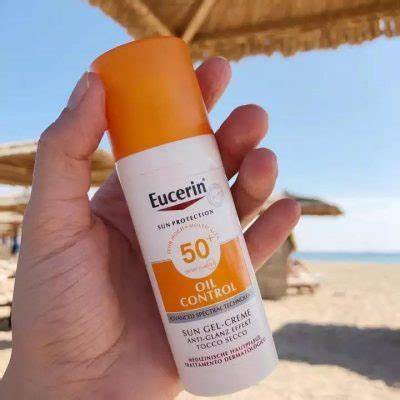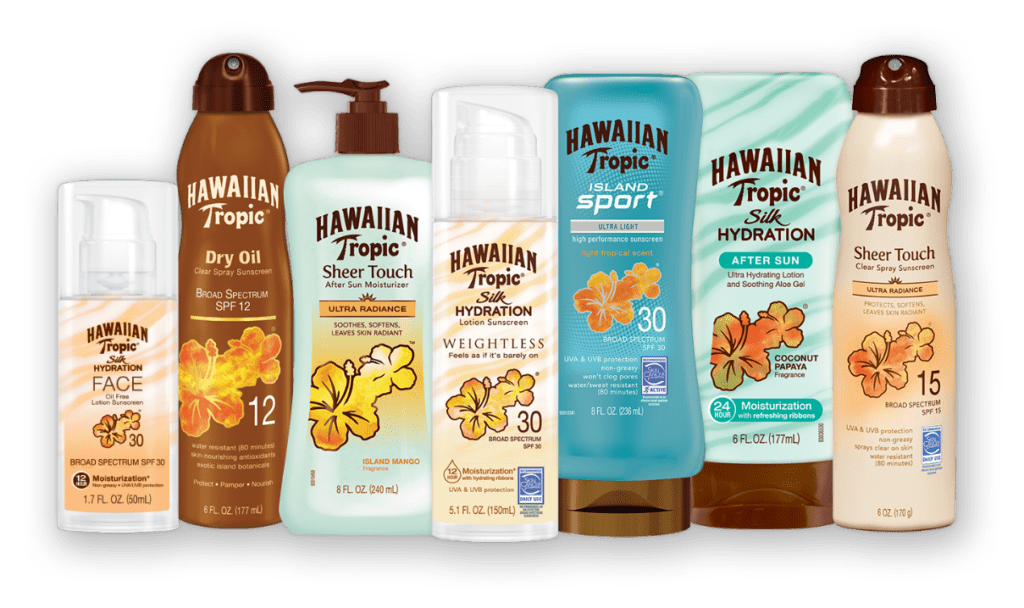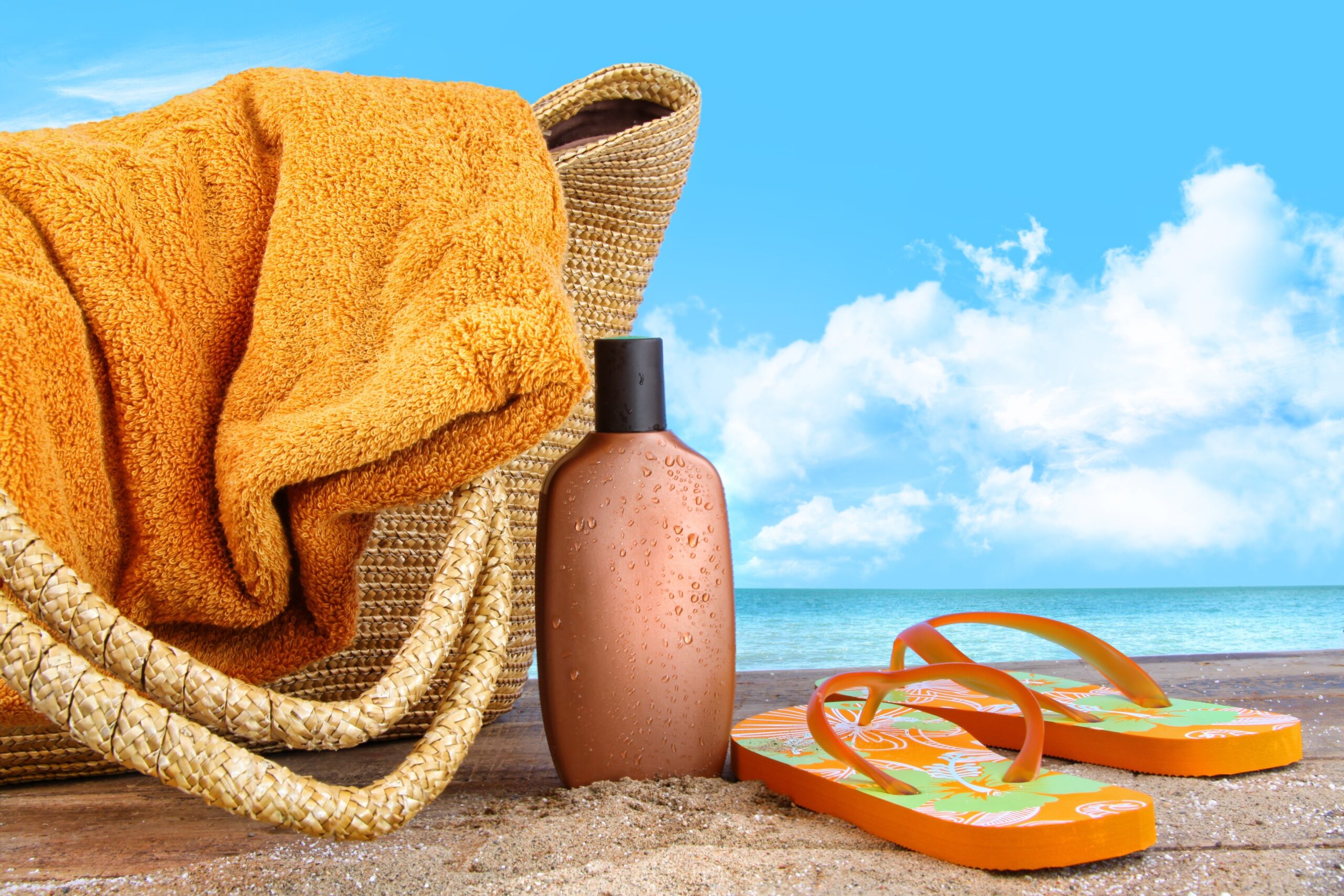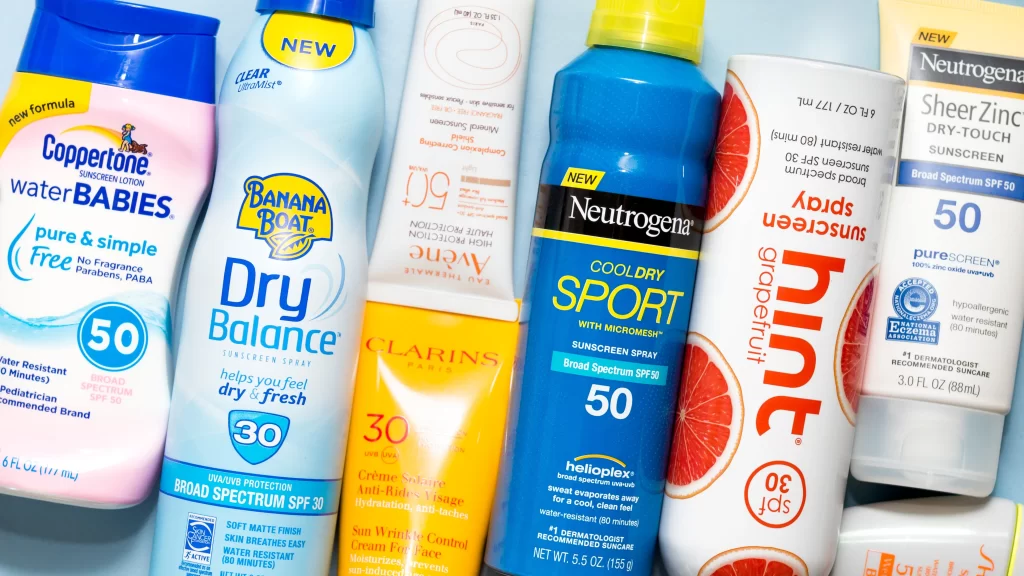How important is sunscreen in your daily routine? Many people are unaware of the importance of this particular product. When shopping we look for products that w want, like, or saw on tv. We don’t typically pay attention to the actual ingredients in most of our favorite products. Some form of sunscreen is included in many lipsticks, lip glosses, foundations, creams, lotions, and facial moisturizers. But what exactly should we be using if it’s not included?
Reading product labels is very important even though it may be a missed step most of the time. If you are interested in protecting your skin, having sunscreen on hand will help you do just that. Let’s get started by finding out a few simple facts about what it actually is and how to use it.

What is Sunscreen?
Sunscreen is a substance typically found in a cream, lotion, or spray form. It is designed to help protect the skin from the sun’s harmful rays. Sunscreen can also be referred to as sunblock or sun skin cream. It’s a product that should be applied topically to prevent the skin from damage. (Topically is just a fancy word to describe applying product onto the skin externally). It can help eliminate sunburn, and premature aging and prevent wrinkling of the skin. It assists with keeping your skin plump, soft, and healthy looking. This is important because too much sun exposure can cause dry, cracked, reddened, or uneven skin tones.
The Benefits Of Using Sunscreen
- Apply sunscreen approximately 30 minutes before being in the sun for the best results. This is so that it can be absorbed by the skin and less likely to wash off when you perspire or sweat. When using this product shake it well before use to mix the particles that might be clumped up in the container. This method applies for use with a spray. A hand cream or lotion may not require this step since it should already be mixed to the correct consistency.
- Consider using the new spray-on or stick types of sunscreen. This form allows you an easier and more concise application.
- Be sure to apply enough sunscreen. As a rule of thumb, use an ounce (a handful) to cover your entire body. You should always apply this layer of protection to any exposed areas but overall coverage is best so that you don’t have an even skin texture in the future.

Quick Story: There was a time when I was unaware of the harmful effects of the sun on my skin. I had been wearing my favorite type of ripped jeans one summer. At first, I hadn’t taken notice of my skin changing during that summer but once the summer had begun to come to a close I noticed that the skin was a lot darker in the areas where my jeans had the cutouts and my skin was exposed. This caused me to have a very noticeable uneven skin tone with hyperpigmentation.
- Use on all parts of your skin exposed to the sun, including the ears, back, shoulders, and the back of the knees and legs.
- Apply thickly and thoroughly.
- Be careful when applying sunscreen around the eyes. As you all should know when any product containing chemicals not intended for the eyes can cause irritation.

Is Sunscreen the same thing as suntan lotion?
Tanning lotion is a specially formulated product that helps people achieve and maintain a tan. Suntan lotions and tanning oils have an SPF of less than 15 and aren’t safe to use as sunscreen. Some dark tanning oils do not contain any sunscreen ingredients at all, and may even include a tanning accelerator.
Which Product Should I Choose?
There are a few things to keep in mind when choosing a sunscreen for your skin needs. When deciding which one is right for you find a product that has any of the following conditions:
- Has an SPF of at least 15 to 30. You could go for a higher SPF, but experts believe that they give people a false sense of security. Sunscreens with SPFs as high as 100+ are available. However, there is little difference in their UV filtering ability: While SPF 30 blocks 97% of UVB rays, SPF 50 blocks 98%.
- Offers protection against UVA rays as well as UVB rays. Several sunscreens do not offer protection against UVA rays, though experts have learned that UVA can be as damaging as UVB. It’s important to be familiar with the sunscreen ingredients that help protect against UVA radiation.
- Is water-resistant. Even if you aren’t going swimming, your child may be sweating outside, so a water-resistant sunscreen might provide better protection than a regular sunscreen.
- Is hypoallergenic and fragrance-free, especially if your child has sensitive skin.
- Is in a form that is easy to use on your child, whether that means it is a stick, gel, lotion, or spray.
Sunscreen use can help prevent melanoma and squamous cell carcinoma, two types of skin cancer.
Wikipedia


One thought on “Using Sunscreen For Better Health Of Your Skin”